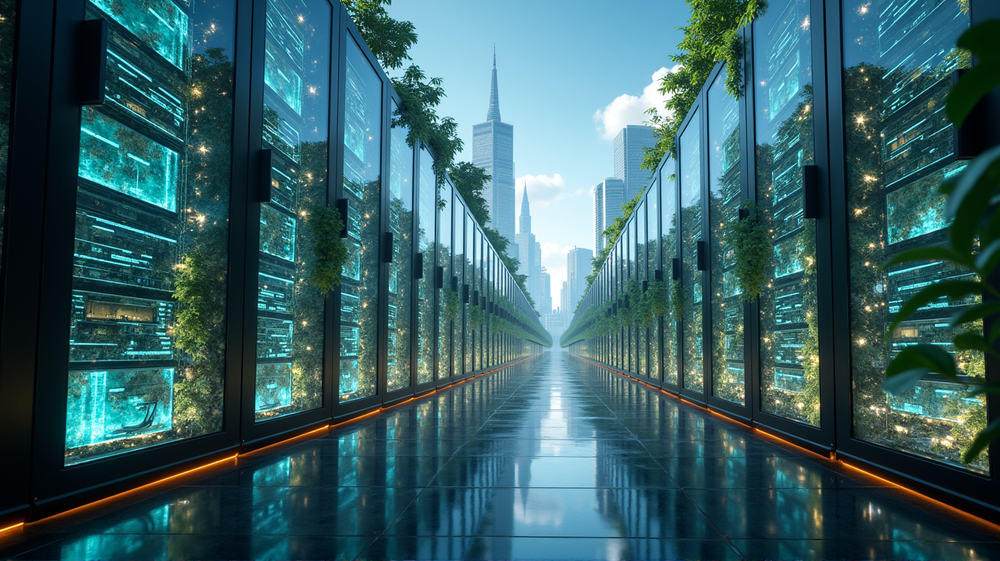AI Data Center Boom: Navigating the Environmental Cliff
In an era where artificial intelligence is reshaping entire sectors, the burgeoning demand for computing infrastructure to support AI applications is creating substantial environmental challenges. As the everyday use of AI technology grows, so do the energy demands of data centers, leading to a significant ecological footprint. Insights from Cornell researchers unravel these pressing issues and propose sustainable solutions for the AI industry’s future.
An Unsustainable Trajectory
Cornell researchers predict by 2030, AI’s growth path could mirror adding 5 to 10 million cars to the roads, emitting 24 to 44 million metric tons of CO2 annually. Additionally, the AI boom may consume up to 1,125 million cubic meters of water per year, equivalent to the water usage of up to 10 million American households. These staggering figures underscore the urgency of re-evaluating our current path.
The Roadmap to Sustainability
There’s hope amidst the potential crisis, as researchers have outlined a roadmap to mitigate these impacts. By implementing smarter site selection, accelerating grid decarbonization, and enhancing operational efficiency, it is possible to cut carbon emissions by 73% and water usage by 86%. “Artificial intelligence’s rapid growth comes with a significant energy, water, and carbon footprint,” noted Fengqi You, project lead at Cornell Engineering.
Location Matters: Water and Energy Efficiency
Location is a crucial factor in the environmental footprint of AI data centers. Constructs in water-scarce regions, like Nevada and Arizona, risk local water resources. However, regions such as the Midwest and “windbelt” states could potentially offer a better carbon-and-water profile by providing cleaner energy sources, reducing the environmental burden significantly.
Accelerating the Clean-Energy Transition
The study emphasizes that the pace of the clean-energy transition should match AI’s expanding demand. Despite cleaner kilowatt-hours, emissions could still rise unless AI demand growth is tempered with an aggressive shift towards renewable sources. You suggested, “The solution is to accelerate the transition where AI computing is expanding.”
A Collaborative Effort for Progress
This critical moment calls for coordination between industry, utilities, and regulators to prevent local water scarcity and increased grid emissions. Techniques like advanced liquid cooling and improved server utilization could further reduce carbon emissions and water usage. As You succinctly put it, “The choices in AI infrastructure this decade will determine if AI accelerates climate progress or becomes an environmental burden.”
As AI companies invest vastly in data centers, this research acts as a beacon for sustainable decision-making. Embracing these strategies could ensure that AI becomes a force for positive climate progress rather than a looming ecological challenge. According to Technology Networks, strategic actions now could relieve future environmental strains and align AI’s progress with global sustainability goals.




